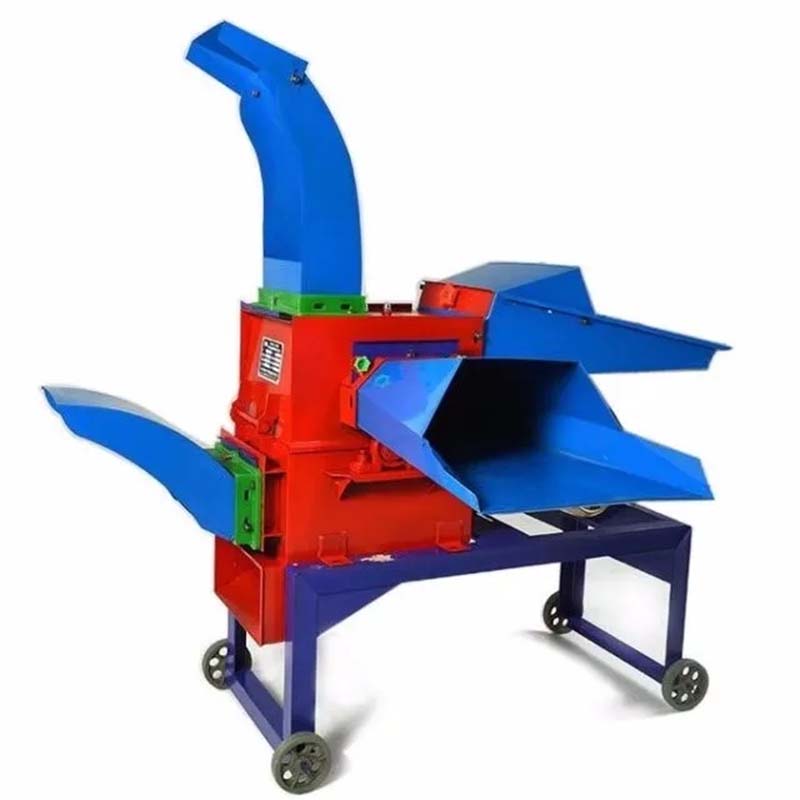Efficient Turkey Processing Techniques for Optimal Scalding and Feathers Removal
Dec . 05, 2024 14:30 Back to list
Efficient Turkey Processing Techniques for Optimal Scalding and Feathers Removal
Understanding Turkey Scalding The Essential Process in Poultry Processing
Turkey scalding is a crucial step in the poultry processing industry, specifically focused on ensuring that birds like turkeys are prepared for consumption. This process involves immersing the birds in hot water to facilitate the removal of feathers, a key requirement in making the turkey ready for market. While it may seem straightforward, turkey scalding is a complex process that requires careful attention to temperature, timing, and methods to ensure both efficiency and quality.
The Purpose of Scalding
The primary purpose of scalding is to loosen the feathers and make them easier to remove. After the turkeys are slaughtered, they are subjected to a scalding process that typically involves hot water baths. This sudden change in temperature helps to break down the proteins in the skin and feathers, making them more pliable. Without proper scalding, feather removal would be labor-intensive and could lead to the damage of the skin, resulting in a lower quality product.
Temperature and Timing
The effectiveness of turkey scalding is heavily dependent on the temperature of the water used, as well as the duration of immersion. The ideal scalding temperature for turkeys typically ranges from 140°F to 160°F (60°C to 71°C). If the water is too cold, the feathers may not loosen adequately, making them difficult to remove. Conversely, if the water is too hot, it can cause denaturation of the skin proteins, resulting in a damaged appearance and compromised quality.
Timing is equally important. The standard immersion time for turkeys in scalding water usually lasts from 2 to 6 minutes. This timeframe is optimal to achieve the desired feather loosening without overcooking the meat or affecting the overall texture of the bird.
Types of Scalding
turkey scalder

There are mainly two methods of scalding that are used in the turkey processing industry dry scalding and wet scalding.
1. Wet Scalding This is the most common method. It involves submerging the turkeys in a tank of hot water. The water can be either recirculated or treated with detergents and chemicals to yield better results. The wet scalding process is preferred due to its effectiveness in loosening feathers and ensuring a cleaner carcass.
2. Dry Scalding This method utilizes hot air instead of water. It typically involves exposing the turkeys to a stream of hot air, which serves a similar purpose of loosening feathers. While it is less common, dry scalding can be beneficial in certain scenarios, particularly when dealing with organic products or in facilities that aim to minimize water usage.
Challenges in Scalding
While turkey scalding is essential for efficient processing, it also comes with challenges. One significant concern is the potential for cross-contamination if water temperatures are not adequately maintained. Ensuring hygiene and preventing bacterial growth during the scalding process is vital.
Additionally, the quality of the final product can be impacted by inconsistencies in scalding. Variations in water temperature or immersion times can lead to uneven feather removal or damage to the skin, affecting the overall appearance and saleability of the turkey.
Conclusion
Turkey scalding is a vital process within the poultry industry that directly impacts the efficiency of processing and the quality of the meat product. By understanding the mechanics of scalding—such as the importance of temperature, duration, and method—producers can improve their practices, ensuring that turkeys are prepared in a manner that meets both safety standards and consumer expectations. As the poultry industry continues to innovate, scalding processes may evolve, but the fundamental principles of quality and efficiency will always remain at the forefront of poultry processing.
-
Automatic Feeding Line System-Pan Feeder Nipple Drinker|Anping County Yize Metal Products Co., Ltd.
NewsJul.29,2025
-
Hot Sale 24 & 18 Door Rabbit Cages - Premium Breeding Solutions
NewsJul.25,2025
-
Automatic Feeding Line System Pan Feeder Nipple Drinker - Anping County Yize Metal Products Co., Ltd.
NewsJul.21,2025
-
Automatic Feeding Line System Pan Feeder Nipple Drinker - Anping County Yize Metal Products Co., Ltd.
NewsJul.21,2025
-
Automatic Feeding Line System - Anping Yize | Precision & Nipple
NewsJul.21,2025
-
Automatic Feeding Line System - Anping Yize | Precision & Nipple
NewsJul.21,2025






